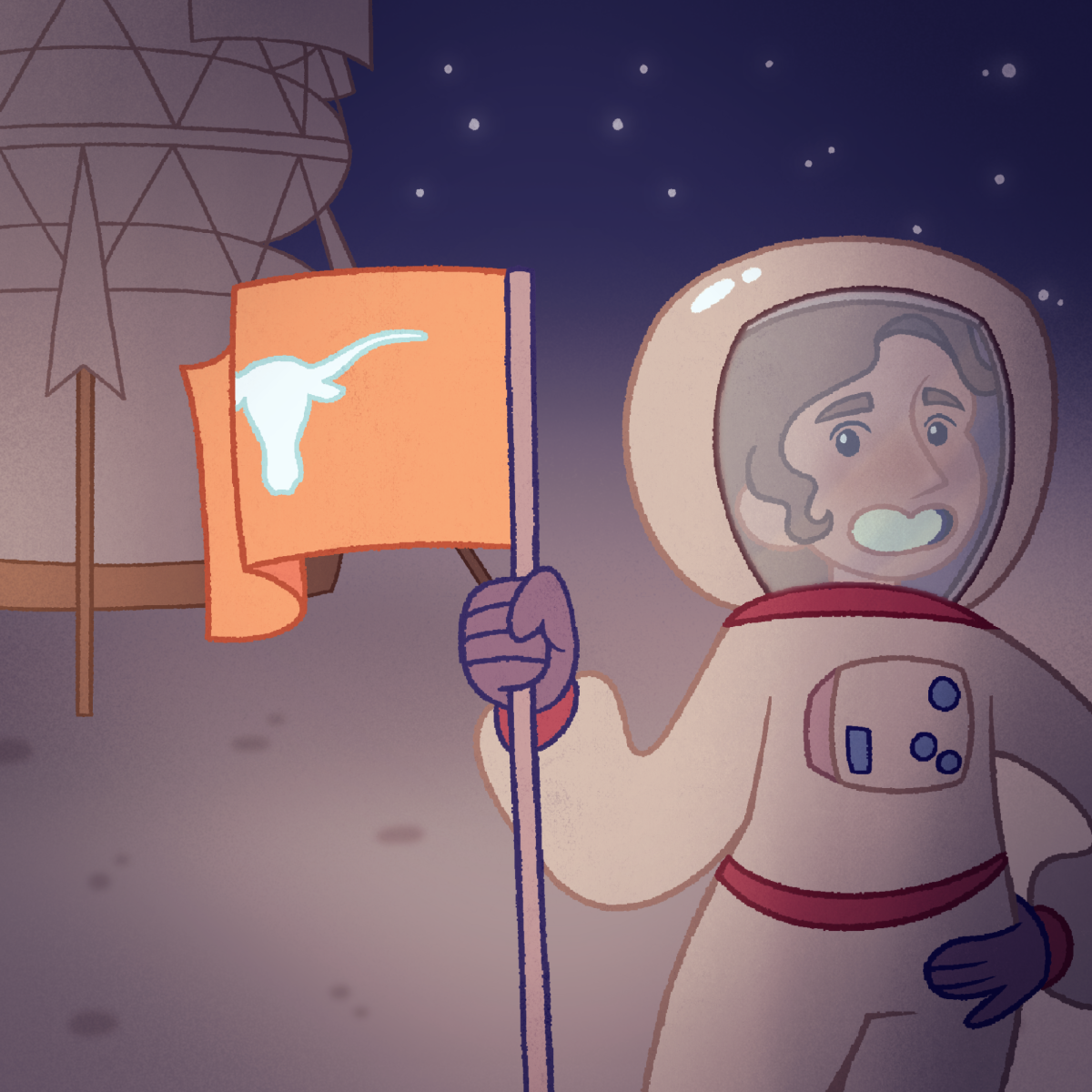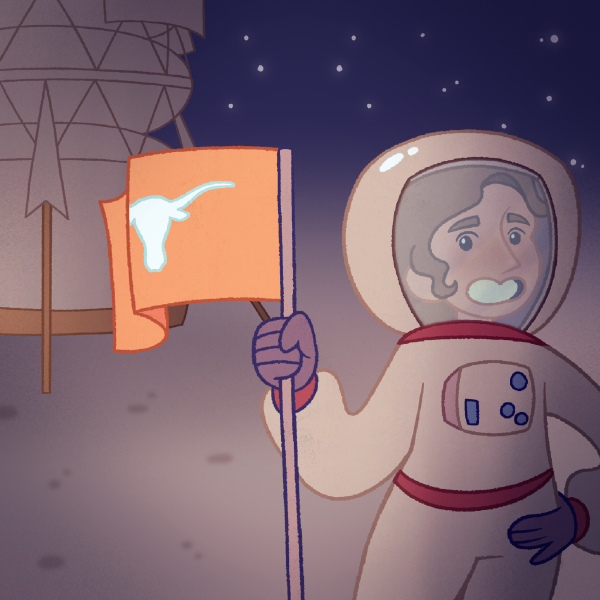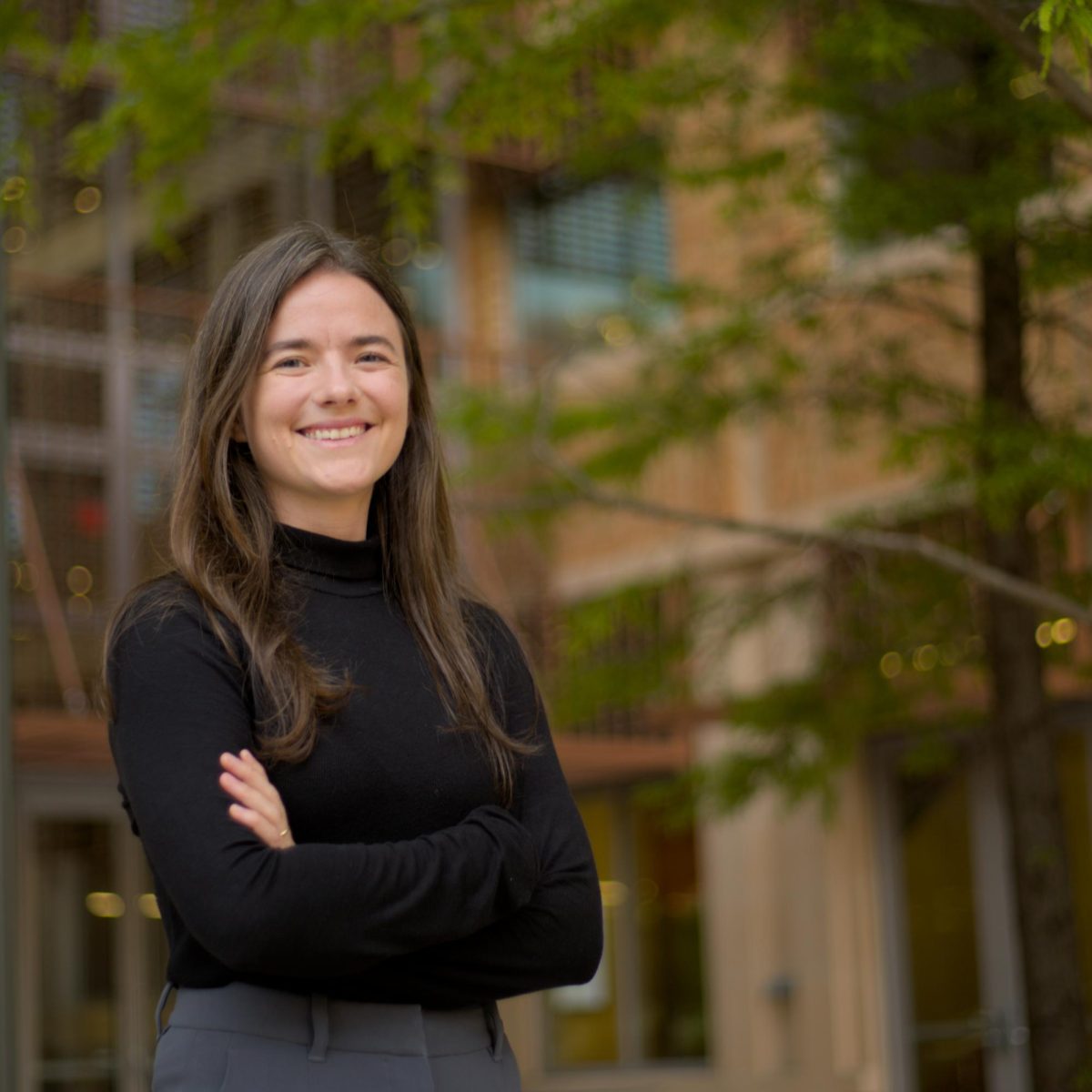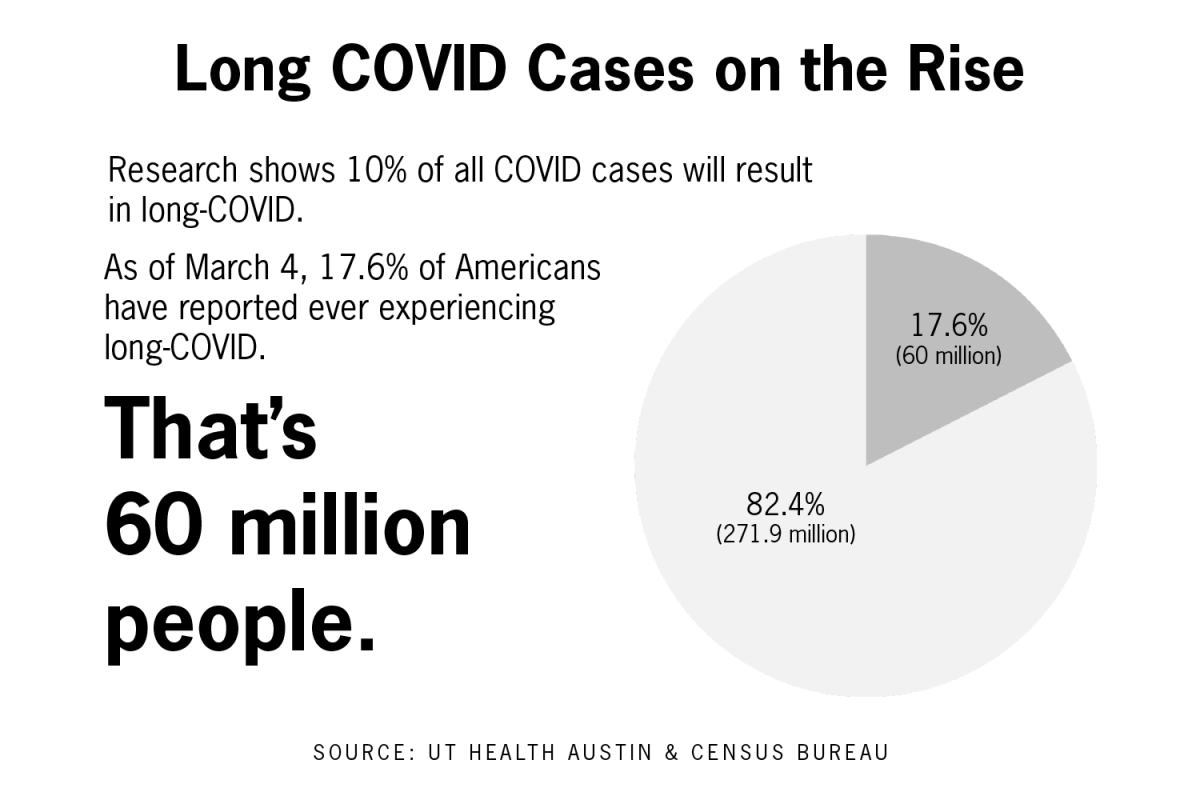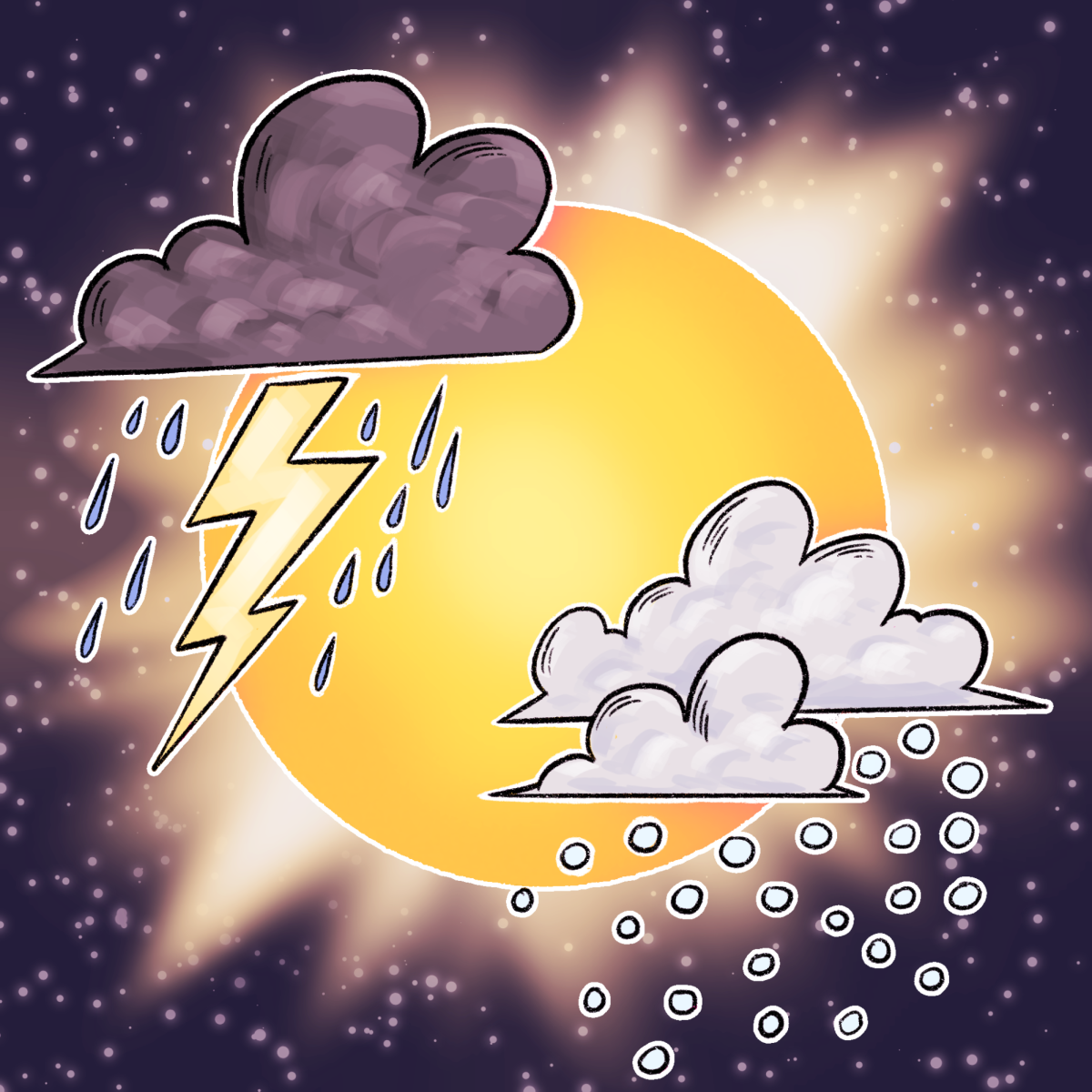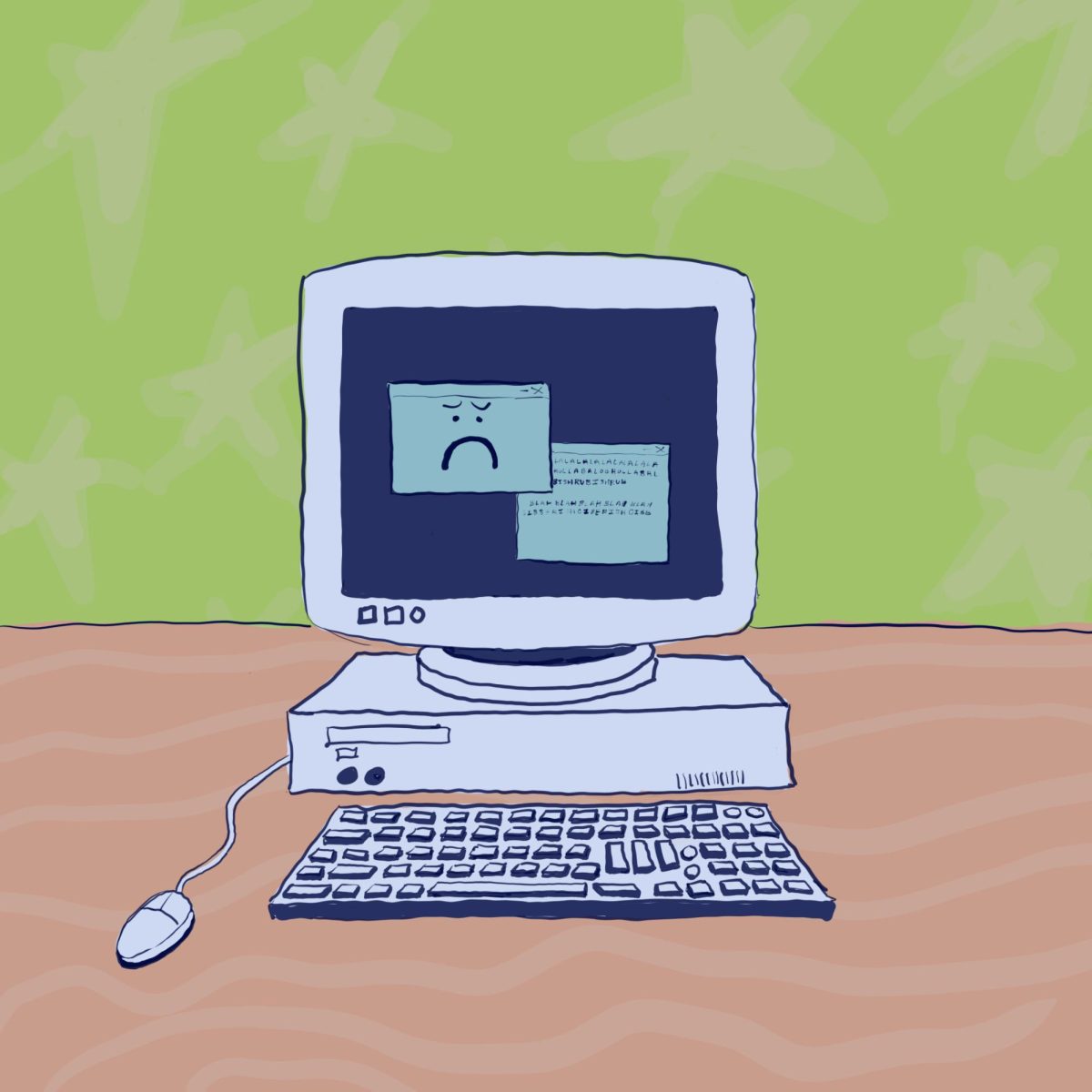A UT aerospace engineering professor and his research team designed a guidance algorithm that will help a moon lander reach its destination on Feb. 22.
The IM-1 Nova-C Lander, built by aerospace company Intuitive Machines, was launched on Feb. 15 from the Kennedy Space Center in Cape Canaveral, Florida. Intuitive Machines collaborated with NASA to bring their cargo to the moon as part of the NASA Artemis Plan, which will “explore regions of the moon never visited before,” according to the plan’s overview. If the lander successfully reaches its destination, it will be the first lunar space landing since the 1972 Apollo Mission.
Professor Maruthi Akella designed the algorithm with the help of aerospace engineering undergraduate and graduate students. He attended the launch last week with Intuitive Machines representatives.
“You cannot tell me anything that will not excite me about going to the moon or supporting or being part of an actual moon mission,” Akella said. “This is fabulous for me (and) my students, the fact that we could directly partner and collaborate and support something that happened in front of our eyes … to the point where right now it’s sitting on a launch pad.”
Akella said the algorithm his research team designed ensures the lander reaches an area close to the south pole of the moon, a region that scientists are actively interested in exploring because of the amount of available resources.
“(The south pole of the moon) is a tough area to land (on) because the terrain is extremely hard and (there are) lots of … deep canyons and rocks, but there are also indications that there is … water ice in that part of the moon,” Akella said. “You can then start thinking about having a habitat where humans can possibly live and function and operate for long durations.”
As part of the mission, Akella collaborated with his former student Christopher Busic, who now works at Intuitive Machines as a guidance, navigation and control engineer. Busic designed the control laws to steer the lander.
“(Getting to live out my dream) is something I’m super appreciative of,” Busic said. “I feel like I’ve had a lot of great mentors like Dr. Akella … who kind of prepared me and got me to this point … It’s very competitive and it’s a very tough industry to be in, but everyone’s always so willing to help.”
In recent years, NASA has collaborated with private companies as part of the Commercial Lunar Payload Services Initiative, which fosters collaboration with American companies to “deliver science and technology to the lunar surface.” Andrew Miller, a doctoral aerospace engineering student, said this is the future of space missions.
“It’s good to create competition in the private companies to reduce the cost of sending payloads to the Moon,” said Miller, who is working on a project for Intuitive Machines. “It gets done faster when you have American companies working on it that are not associated with the government and it reduces the cost, so they allow for more missions in the future. It’s wonderful for science and wonderful for engineers to give more jobs to people like me when I go to graduate.”
According to the most recent update by Intuitive Machines, the lander remains on schedule to reach the moon by its expected landing date.
“How many of us can gloat about being able to be part of a mission to go to the moon?” Akella said. “Especially for the United States, it’s been 52 long years since we made it there … so it is super exciting.”



